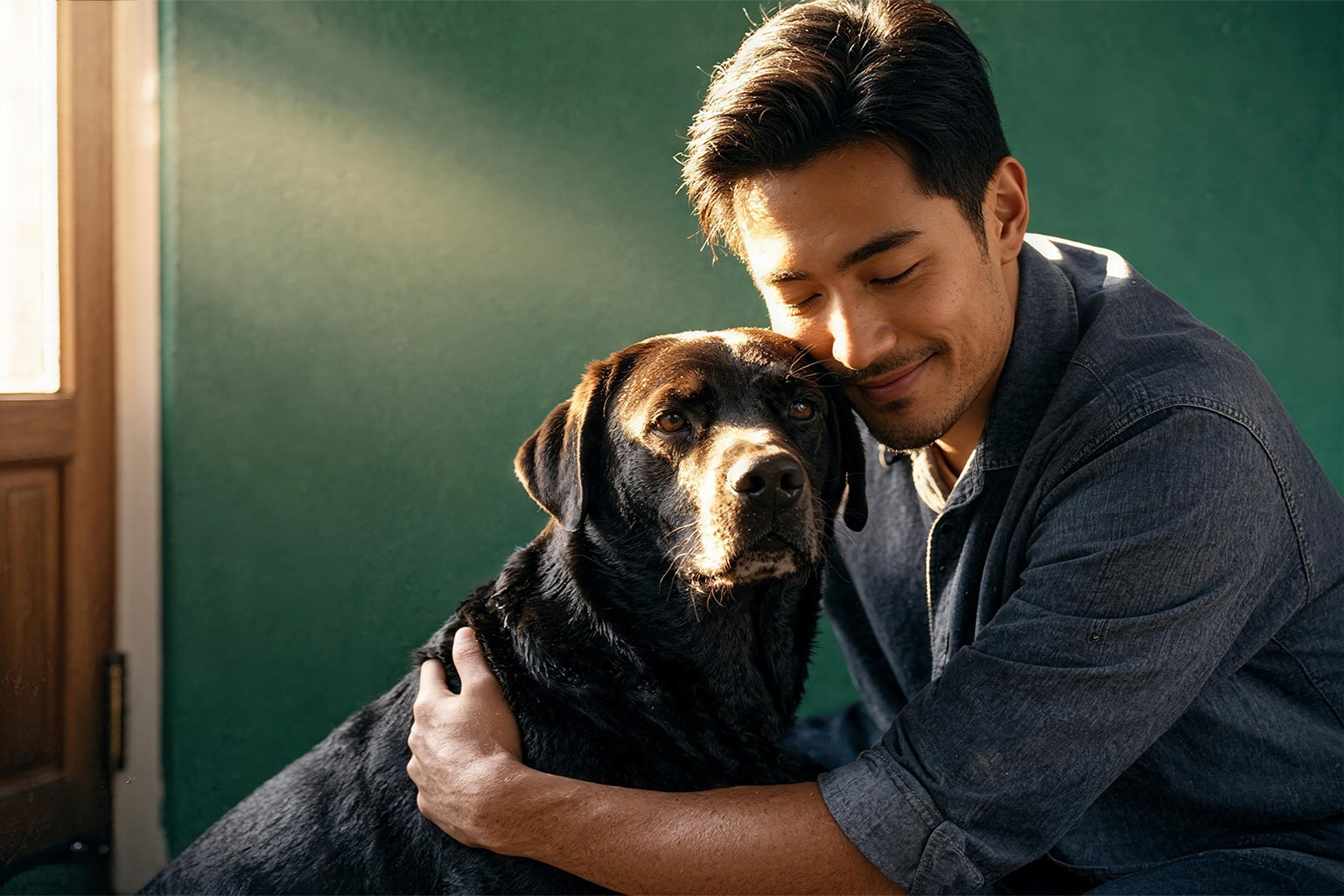
My older dog started limping whenever she would get up from laying down. I knew it was from arthritis and decided to try these chews. Surprisingly, it’s been exactly a week that I’ve been giving these to her, and she is not limping anymore! I thought these would help, because of the ingredients, but I was shocked at how fast they work! I’ve been giving her one chew in the morning, and one at night. I will absolutely continue to give her these. I have not noticed any side effects and she loves them!
Love it and so do the dogs. In about two weeks, both my bully breeds had great skin and shiny coats.
My dog enjoys the flavor and I’ve noticed less shedding since starting this oil







